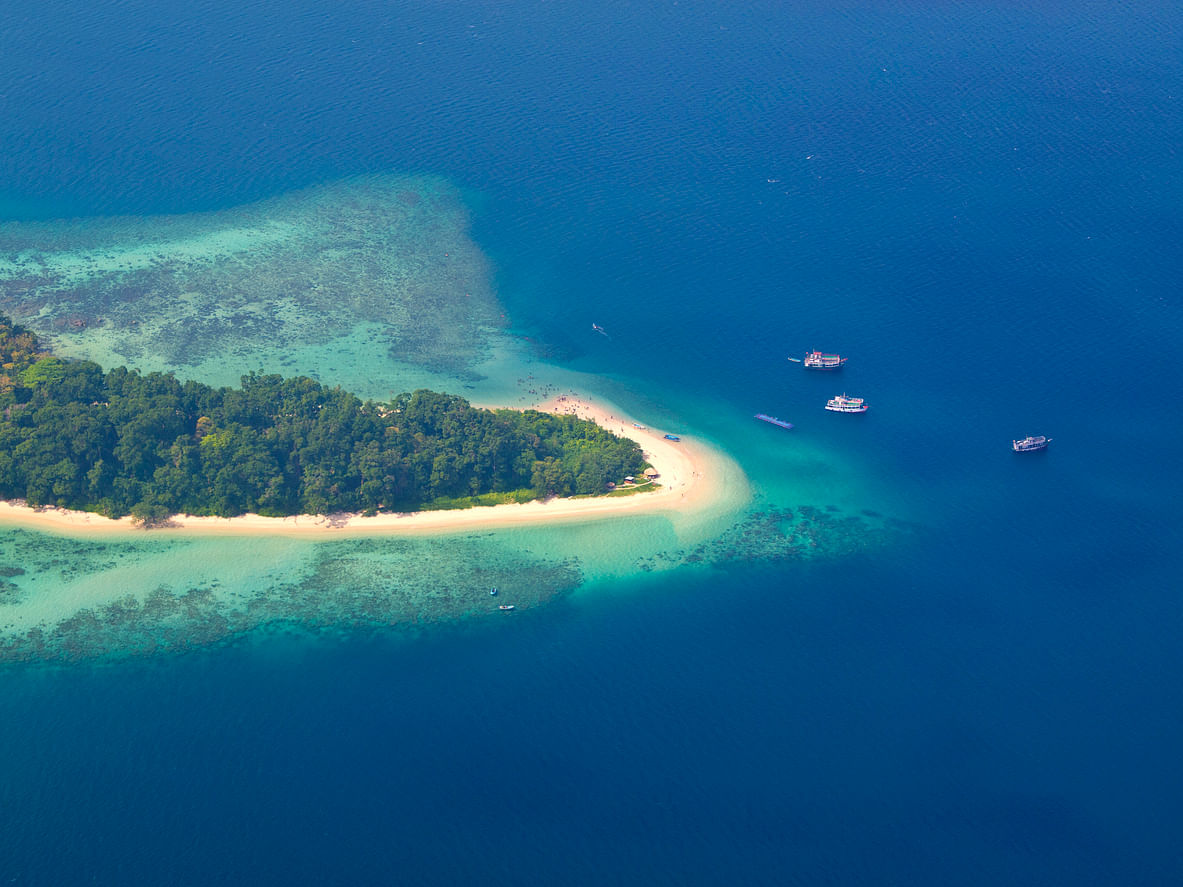North Sentinel, Andaman and Nicobar Islands: The island, since it is completely inhabited by ingenious people, remains closed to visitors because authorities fear people there may become exposed to diseases that they have no immunity to fight. Credit: iStock Photo
Room 39, North Korea: Created in the late 1970s, Room 39 is said to be the most secretive building in the already protective North Korea. It is, arguably, said to be the place where large swathes of money is raised for the leader via some questionable activities like the sale of weapons. Credit: AP Photo
Jiangsu National Security Education Museum, China: This fascinating museum in China is filled with secrets, quite aptly since it has curated tolls used by spies in 20th century. In 2009, the museum shut its doors to foreigners and even now it prevents visitors from taking photos of the objects. Credit: iStock
Coca Cola vault, US: Nobody knows the recipe of the beverage Coca Cola. The secret formula of the widely popular drink is stored in an museum in Atlanta, US. While visitors flock the place every year, selected few make it through the door. Credit: Wikimedia Commonss
North Brother Island, New York, US: In the 19th century, this island was used to quarantine people with contagious diseases. Many who died on the island were stored in the morgue. Later, it became a rehab for drug addicts. Authorities restrict entry to the island since it is now abandoned and nature has taken control. Credit: Wikimedia Commons
Surtsey Island, Iceland: Formed just 55 years, ago life started from scratch on this Island. Scientists then ventured to explore the beginning of life and birth of organisms. In order to prevent disruption, nobody is allowed to step on the island. Credit: Wikimedia Commons
Queimada Grande, Brazil: Islands continue to remain a mystery to the world. This one has a bit of a snake problem. The island is said to host nearly 5 snakes per square metre. The venomous nature of the snakes makes the Brazil government forbid people from visiting. Credit: Wikimedia Commons
Lascaux Caves, France: The cave complex in southwestern France, renowned for its 17,000-year-old detailed depictions of humans and animals, have been closed to public since 1963 as its condition was deteriorating. The original caves were inducted into the UNESCO World Heritage Sites in 1979. Credit: Getty Images
Ise Grand Shrine, Japan: The holiest site in Japan's Shinto religion, Ise Grand Shrine, is closed to anyone who is not a member of the royal family. One of the
Tomb of Qin Shi Huang, China: The tomb of Qin Shi Huang, China’s first emperor, a tyrant who burned books and executed scholars more than 2,000 years ago, is closed to public. Although archaeological explorations have been carried out in the surrounding areas, the tomb has not been excavated yet on the order of the Chinese government. Credit: Getty Images
(Published 02 March 2021, 20:27 IST)







.jpg)
.jpg)
.jpg)